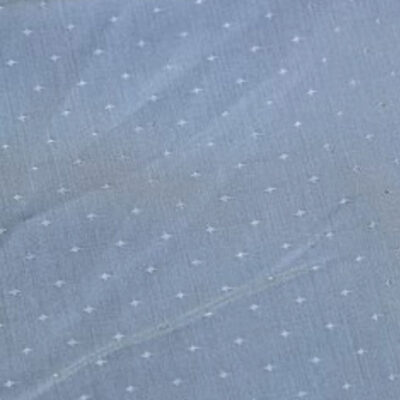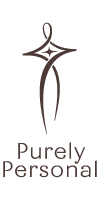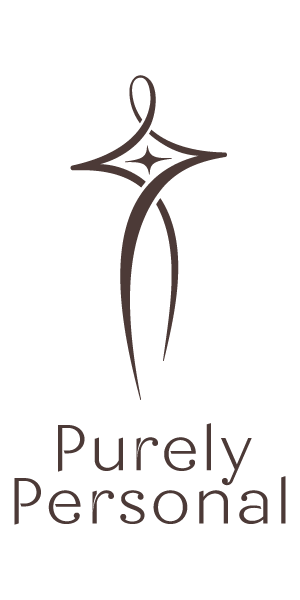Design…[is] mixing different color, different textures and unexpected colors — elements that you wouldn’t often put together in a new and interesting way.
Blake Lively
Patterns fascinate and intrigue the human mind. We find patterns everywhere in nature, music, mathematics, Art and fabrics. A pattern, simply defined, is a regularly repeated motif. There are literally thousands of patterns that have been devised throughout the history of fabric making from the most simplistic to the highly complex. The repeated motif can be anything — geometric shapes, paisleys, arabesques, forms from nature or biology (realistic or highly stylized) or abstract shapes and forms.
Combining unexpected or unusual patterns makes dressing more interesting, sophisticated, creative and communicative than simply combining solids. For example, a navy blue suit with a white shirt or blouse combined with a tie or scarf of blues has color contrast but is boring to look at and communicates a safe, traditional and “by-the-book” attitude. This may be a perfectly desirable effect in some situations but may be more effective using pattern. Imagine the same navy blue suit paired with a light blue shirt or blouse but in a dobby* weave pattern and a tie or scarf in a paisley or floral pattern incorporating colors. The addition of pattern, texture and color make a much stronger impact without stepping outside of a traditional look.

Dobby Weave
The above example, basic as it is, underscores that pattern is linked to both color and texture. Texture is determined by the thread, yarn or filament used to produce the cloth and adding colors and patterns to the weave produces additional visual interest. So patterns are both tactile, a three dimensional quality, and visual, a two dimensional quality. The key is to understand proportion and color combining to find the right balance in mixing patterns.
It can be challenging when first attempting to mix patterns so a good first step is to experiment with a shirt or blouse with contrasting collar and cuffs. Many of these line the collar and cuffs so the contrasting pattern only shows when the collar is turned up (“popped”) and the cuffs turned back for a casual look. As you become more confident and comfortable, try adding larger pieces such as a sweater or jacket with an unexpected pattern to more basic wardrobe essentials. And when mixing patterns, “basic” pieces include garments that are striped, plaid, polka dotted or in geometrics or florals. Of course, you can always buy the pre-mixed pattern plays from manufacturers like Etro or Johnny Was. Whatever approach you use, learning to incorporate pattern mixing will result in your own unique Purely Personal signature look.
*Dobby is a weave that features geometric patterns and texture in the fabric.
Get on the List!
Get fun monthly updates from Purely Personal about fashion, style, and organization.







